Cleveland on the Rise: Look Back on the City's Comeback Before RNC
The Ohio city is on the upswing.
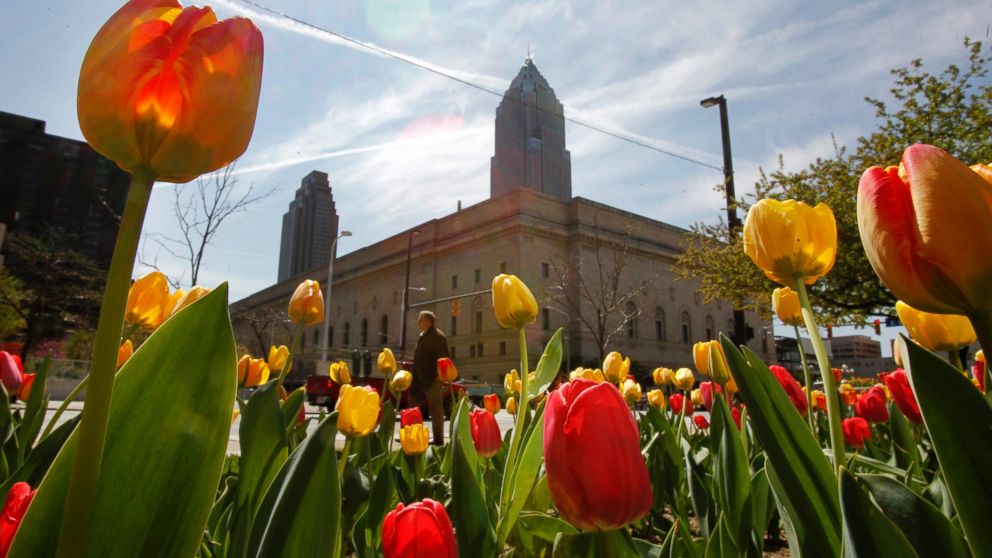
— -- Tens of thousands of people are expected to head to Cleveland for the second time this summer, with the Ohio city having something of a renaissance.
The NBA victory of the Cleveland Cavaliers drew fans in June, and the Republican National Convention is expected to draw voters from across the country to the Rock 'n' Roll Capital of the World.
The convention host committee estimates that 50,000 visitors will flood the city over the course of the four-day event, spending an estimated $200 million to $250 million directly. And local experts believe that is just the latest boost to Cleveland's ongoing economic upswing.
Economic Beginnings
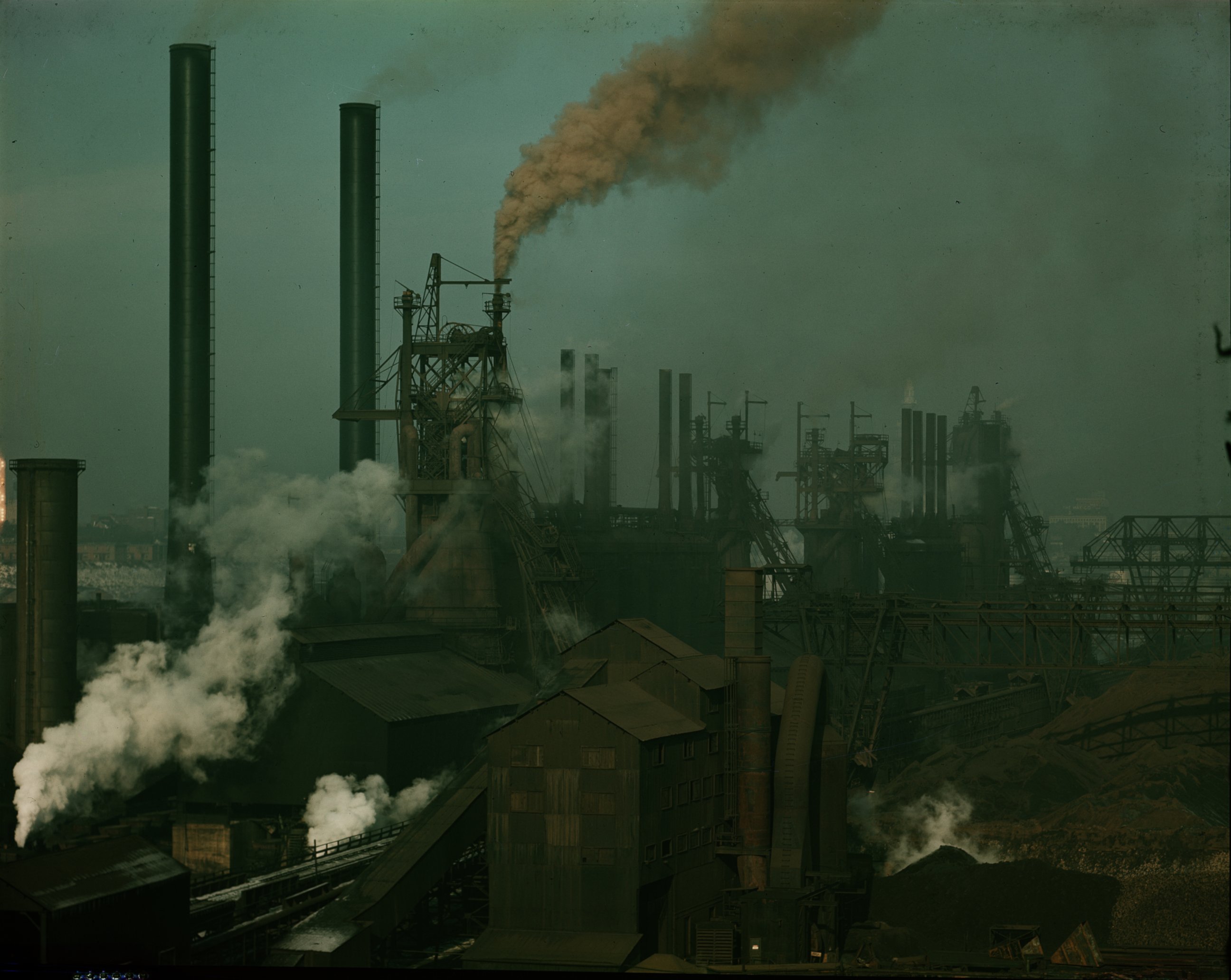
Cleveland's success in the 19th and early 20th centuries came from its trade connection to New York via the Erie Canal, said Tom Rieder, the reference archivist for the nonprofit Ohio History Connection.
"Cleveland was really a very small town until it was able to be connected to the state of New York through the Erie Canal. Then it started to grow," he told ABC News.
The city's location made it something of a hub for the Midwest. Rieder cited the discovery in Minnesota's Mesabi Range of iron ore, which was transported to Cleveland, where it could be processed using coal from southeastern Ohio.
Obstacles Prompt Flight
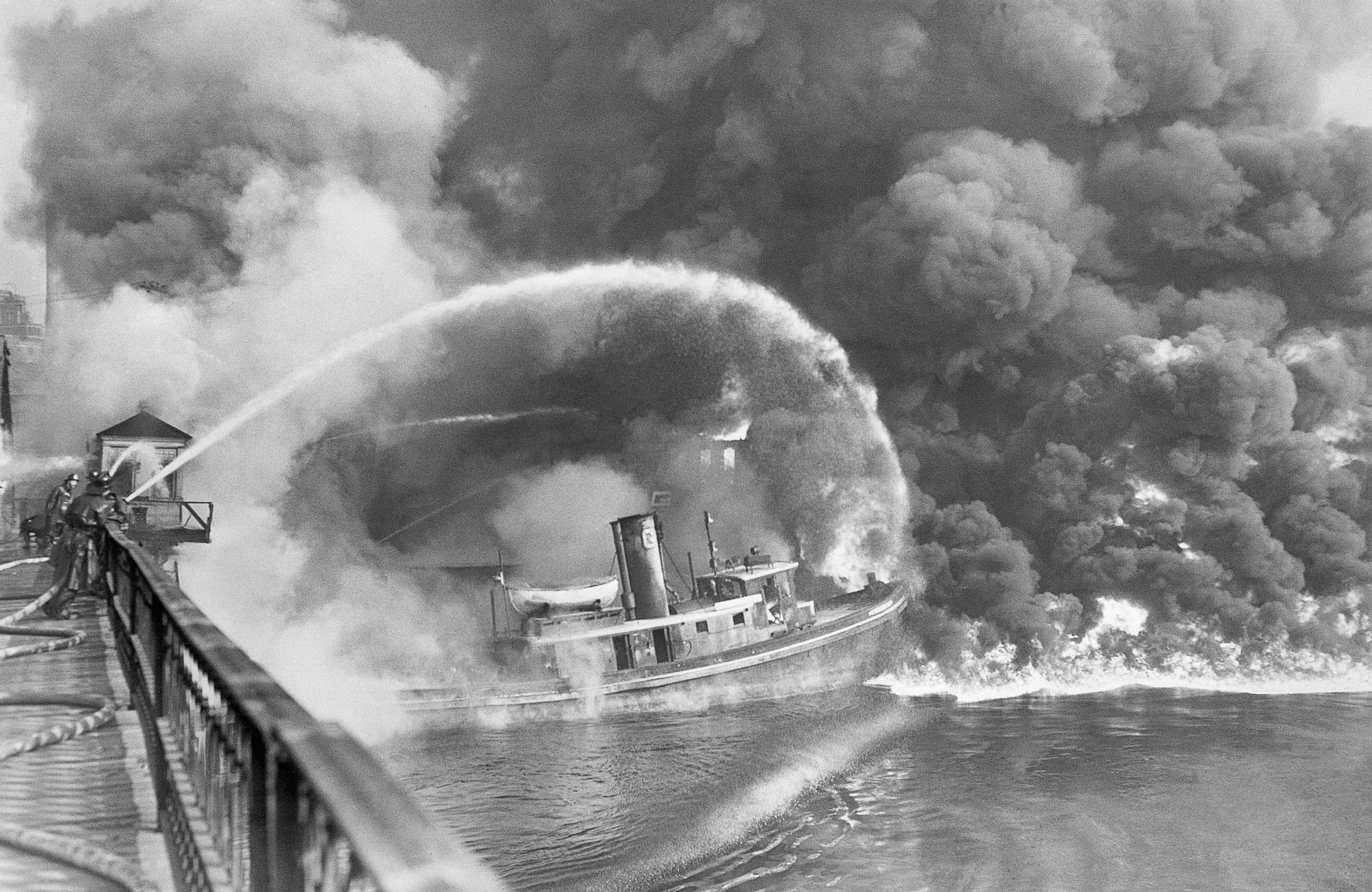
Claudia Coulton, a co-director of Case Western Reserve University's Center on Urban Poverty and Community Development, told ABC News that Cleveland has "had its ups and downs and resurgences in the past, so there's a trend there."
"The big picture trend for Northern industrial cities has been declining population and employment from about 1960 forward, but there have been so many different reasons from the different decades," she said, citing suburbanization and deindustrialization.
The environmental issues that come with steel production and oil refining — Rieder said John D. Rockefeller's Standard Oil had its start there in the late 19th century — contributed to businesses' moving out of the area. The Cuyahoga River, which runs through Cleveland, suffered from so much industrial dumping, it caught fire repeatedly in the mid-1900s. When Time magazine published photos of a 1969 blaze on the river and wrote that it "oozes rather than flows," the nation was alarmed. The incident spurred the environmental movement in the U.S., leading to the adoption of protections like 1972's Clean Water Act.
Another Hurdle
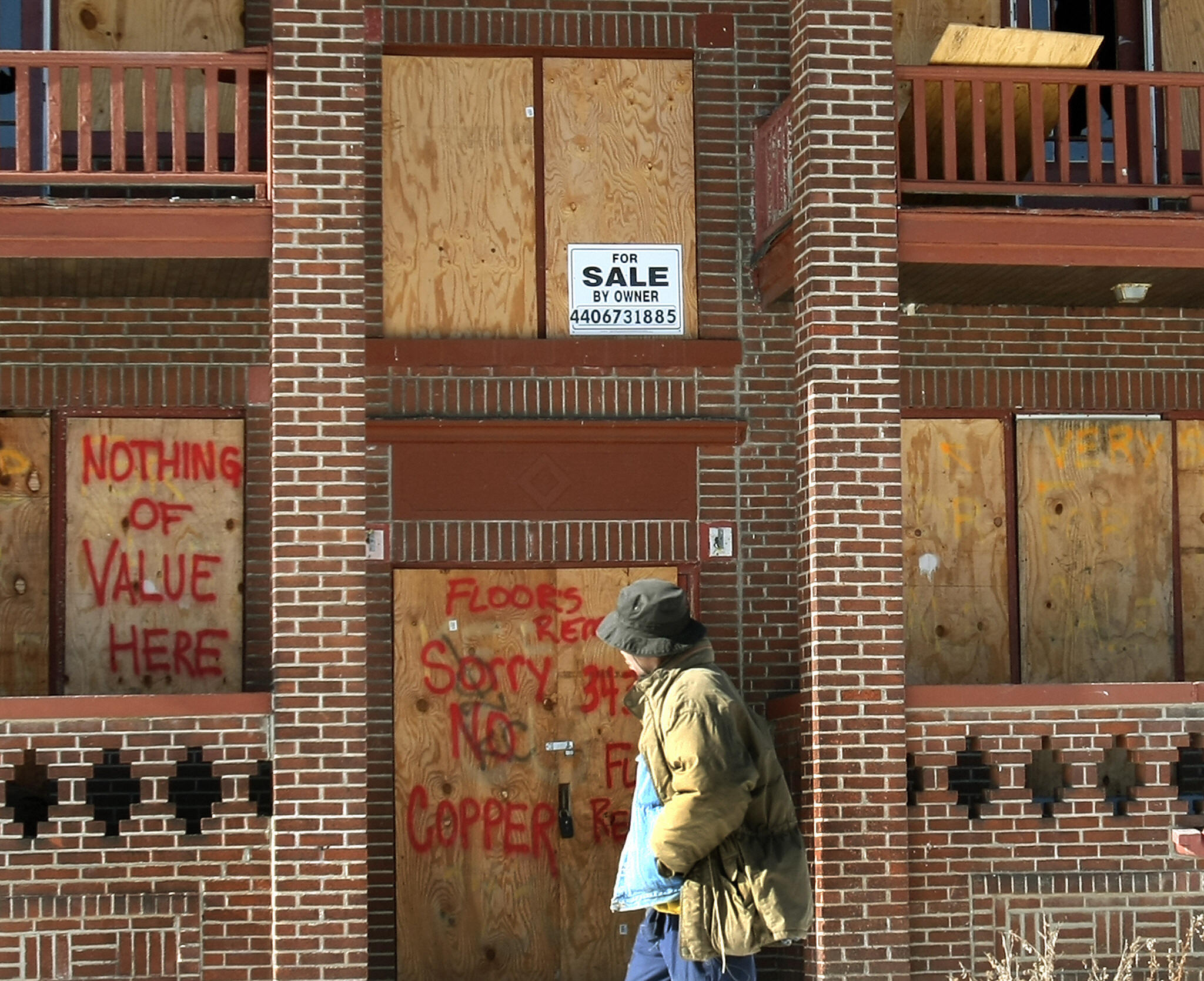
As the 20th century progressed and ended, the economy in the manufacturing stronghold changed.
"Cleveland began to pay a lot of attention to medical technology through the Cleveland Clinic and its university hospitals," Rieder said.
Around the same time, the city was hit by the housing crisis.
"We were sort of coming back from the '80s and early '90s slump, and neighborhoods — many of them — were getting back on their feet, and then we got hit early by the subprime lending and housing crisis," Coulton said. "Cleveland was really an epicenter for the subprime and foreclosure crisis."
Latest Positive Indicators
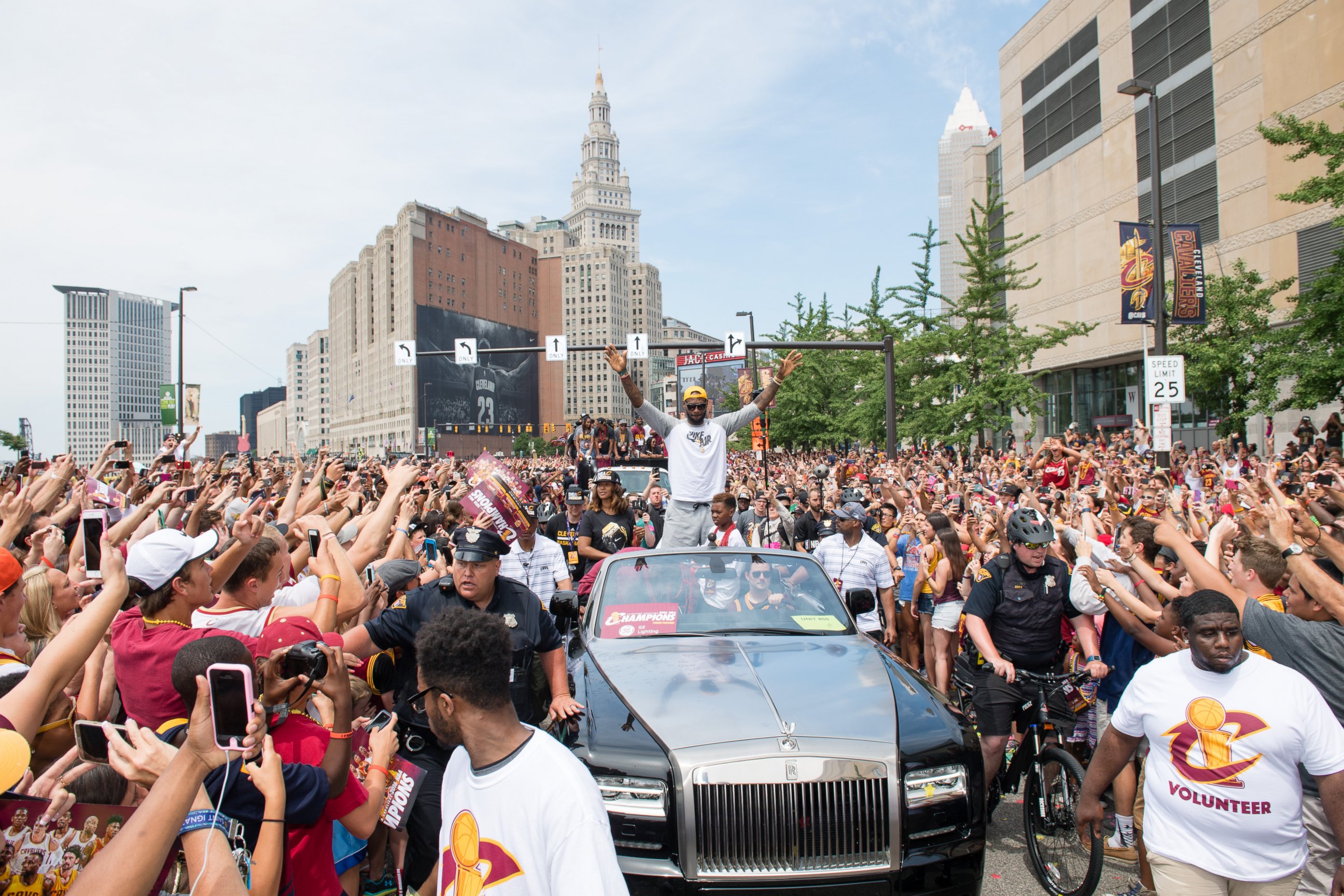
Beyond boasting a winning basketball team and hosting the Republican National Convention again (for the first time since 1936), the city is enthusiastic about having an increasing number of millennials.
According to a study from the Center for Community Planning and Development, Cleveland's share of the region's college-educated young adults went from 10.6 percent in 2006 to 16.0 percent in 2016.
Coulton said that when a city sees an uptick in its millennial population, "it's maybe one of the first signs that something is taking shape there."
Joe Marinucci, the president of the nonprofit Downtown Cleveland Alliance, attributes the growth to the walkability and affordability of downtown Cleveland.
"There's very few places in the United States where you can live and work in downtown … and walk to or from a professional football, baseball or basketball game," he said of Cleveland's draws.
"From a lifestyle perspective, it's a very attractive place, and now companies are making decisions based on their ability to attract talent," he said.
Possibly as a result, Marinucci said, the city's downtown gained 6,000 jobs over the past three years.
And while the influx of visitors over the next week will likely be a boon to local businesses, he noted that there has been close to $6 billion in new investment in the city during the past six years.
"A lot of the investment really occurred prior to the announcement [about the convention] and in some ways isn't connected to the convention being here," he said.




